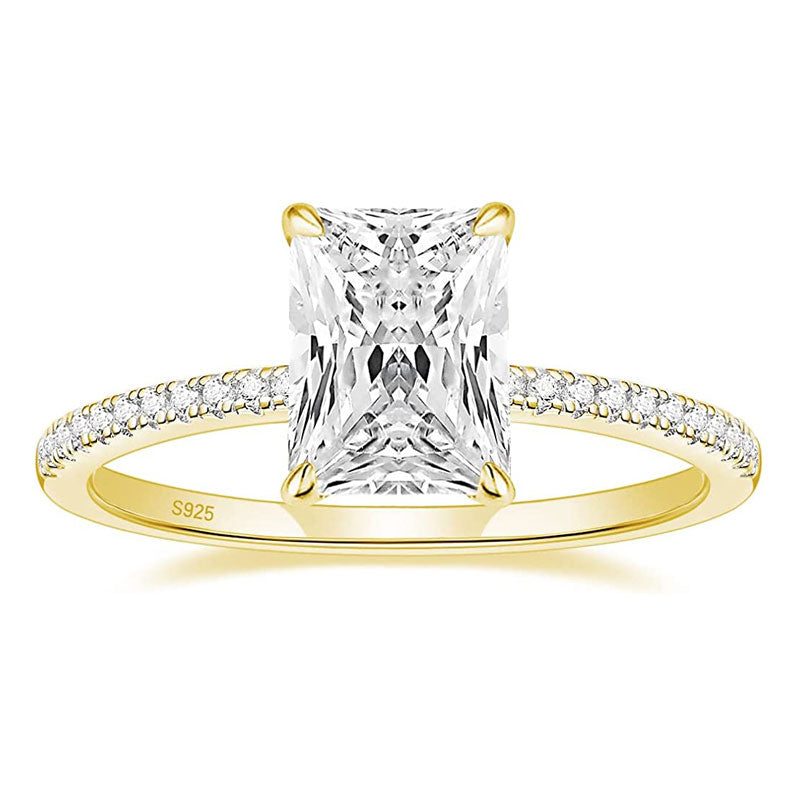Introduction
Blood diamonds, also known as conflict diamonds, are diamonds mined in war zones and sold to finance armed conflict against governments. The term gained prominence in the late 1990s, when the world became more aware of the role diamonds played in funding brutal civil wars in Africa. The blood diamond trade has not only caused severe humanitarian crises but also ignited debates about the ethics of purchasing diamonds and the need for stronger regulations within the global diamond industry. In this article, we will explore the origin of blood diamonds, their social and environmental impact, the international response, and efforts to curb this illicit trade.
The Origins of Blood Diamonds
Diamonds have long been associated with beauty and luxury, often symbolizing wealth, love, and commitment. However, the dark history of blood diamonds began in the 1990s, particularly during the civil wars in countries like Sierra Leone, Angola, the Democratic Republic of the Congo (DRC), and Liberia. Rebel groups and military factions would seize diamond-producing areas, forcing civilians into slave labor to mine the precious stones. The proceeds from the sale of these diamonds were then used to fund violent rebellions and terror campaigns.
In Sierra Leone, for example, during the 1991-2002 civil war, rebel groups such as the Revolutionary United Front (RUF) controlled the diamond-rich areas and used diamonds to finance their campaign of terror. The war led to mass atrocities, including the widespread use of child soldiers, amputations, and the displacement of thousands of people.
The Human Cost
The trade in blood diamonds has left a profound social and humanitarian impact. Thousands of individuals have been subjected to extreme violence and forced labor. Children were often abducted and trained as soldiers, while adults were enslaved in mines under inhumane conditions. Many victims have been left with life-altering injuries, such as amputations and physical trauma.
The mines themselves are typically rudimentary, with miners working under unsafe conditions, often without proper equipment or protective measures. These hazardous environments lead to high rates of injury and death. Women and children, in particular, suffer extreme exploitation, both in the mines and in surrounding war-torn communities.
The Kimberley Process: An Attempt to Regulate the Trade
In response to the growing outcry over blood diamonds, the international community introduced the Kimberley Process Certification Scheme (KPCS) in 2003. This system was designed to prevent the flow of conflict diamonds into the global market. Under the Kimberley Process, countries must certify that diamonds exported from their territories are conflict-free and have not been used to fund armed groups. Participating nations must also enforce regulations to ensure that diamonds mined in conflict zones are not sold or traded.
While the Kimberley Process was hailed as a breakthrough in the fight against blood diamonds, it has faced criticism for its effectiveness. The certification system has been criticized for its lack of enforcement and oversight, allowing some conflict diamonds to slip through the cracks. In some cases, diamonds from war zones have been laundered through non-conflict countries or smuggled into legitimate markets. Additionally, the Kimberley Process does not address issues such as human rights abuses, exploitation, and environmental damage associated with diamond mining.
The Environmental Impact
Blood diamonds are not only associated with human rights abuses but also with environmental degradation. Mining operations, particularly in war-torn areas, are often carried out without regard for environmental impact. Deforestation, soil erosion, and contamination of water sources are common results of unregulated diamond mining. In some regions, rivers are poisoned with chemicals used in the extraction process, further exacerbating the living conditions of local communities.
The long-term environmental damage caused by blood diamond mining can take decades to recover from. The destruction of ecosystems and loss of biodiversity in these regions remains a lasting consequence of the conflict diamond trade.
Ethical Consumerism and the Diamond Industry’s Response
In recent years, consumer awareness of blood diamonds has prompted changes in the diamond industry. More consumers are demanding ethically sourced diamonds, leading some jewelers to adopt responsible practices, including the sale of “conflict-free” diamonds or lab-grown diamonds, which are produced in controlled environments with no ties to armed conflict.
Many companies have begun to implement more transparent supply chains, offering traceable diamonds that can be verified as conflict-free. Organizations like the Responsible Jewellery Council (RJC) and Fairmined have emerged to promote ethical standards in the jewelry industry. These organizations aim to ensure that diamonds are sourced in ways that protect human rights, promote environmental sustainability, and contribute to the welfare of mining communities.
The Role of Lab-Grown Diamonds
Lab-grown diamonds have also gained popularity as a sustainable and ethical alternative to mined diamonds. Created in controlled laboratory environments, man made diamonds, these diamonds are chemically and physically identical to natural diamonds but come without the ethical dilemmas associated with traditional mining. As lab-grown diamonds become more mainstream, they provide consumers with a way to purchase diamonds without contributing to the demand for blood diamonds.
Conclusion
Blood diamonds remain a painful reminder of the devastating effects of unchecked global trade, exploitation, and armed conflict. While efforts like the Kimberley Process and the rise of ethical consumerism have made progress in addressing the issue, much work remains to be done. Consumers, governments, and the diamond industry must continue to push for transparency, accountability, and sustainable practices to ensure that diamonds no longer serve as a tool for war and human suffering. The rise of alternative options, such as lab-grown diamonds, offers hope that a more ethical and sustainable future for the diamond industry is possible.
The battle against blood diamonds is far from over, but the growing awareness and action in favor of ethical sourcing can bring about significant change. As consumers, we have the power to choose what we support and to ensure that the diamonds we wear are a symbol of love and commitment, not violence and exploitation.




